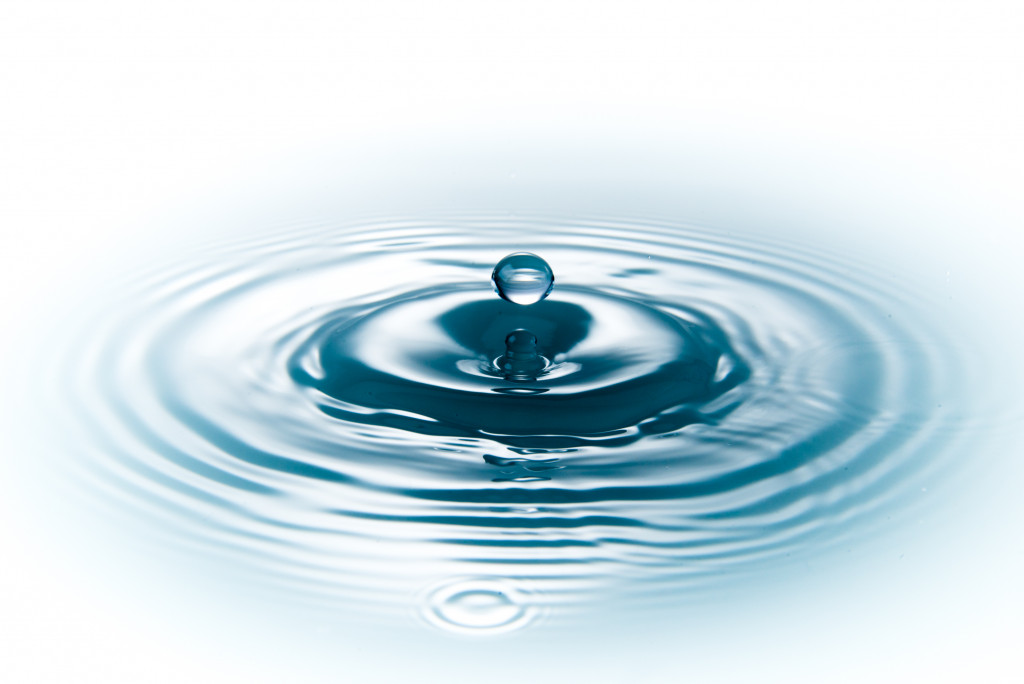- Access to clean water is a matter of social justice, with polluters exploiting people and the environment.
- Poor governance plays a role in the inability to provide clean water, and weak regulations exacerbate the issue.
- Sustainable solutions exist, such as rainwater harvesting, greywater reuse, water conservation, desalination, and water purification systems.
- Understanding the issue is vital to developing better solutions and creating a fairer world for everyone.
Clean water is a basic human right, yet millions worldwide lack access to safe, reliable, and clean drinking water. Despite the crucial importance of clean water, many communities still struggle with serious water issues that damage public health and the environment. In this blog, you will learn critical facts you need to know to understand the clean water issue in communities.
Access to clean water is a matter of social justice.
Access to clean water is not equally distributed worldwide, which is a clear sign that the issue is a matter of social justice. Poor and marginalized communities are the most affected, and their access to clean water is limited, further perpetuating the cycle of poverty and health disparities.
In addition, Indigenous communities, communities of color, and low-income communities are disproportionately affected. This indicates that the issue must be addressed from a social justice perspective.
Polluters often exploit people and the environment.
Polluters are responsible for contaminating water bodies, which often harms people and the environment. The pattern is clear. Polluters target the communities that are already vulnerable but are less likely to speak up and demand accountability. They exploit the people and the environment because they are motivated by profit, not public health.
Poor governance plays a role.

Poor governance contributes to the inability to provide clean water, and weak regulation exacerbates the issue. Additionally, weak governance provides an opportunity for polluters to evade accountability, which further reinforces the problem.
Public institutions must enforce stronger and better regulations to protect public health and the environment. Communities should also be empowered to leverage their collective voices to demand accountability from their leaders.
Sustainable solutions exist.
Clean water is essential, but it is feasible to have a solution that is clean and respectful to the environment. Many intractable water issues can be solved with sustainable solutions that prioritize transparency, public participation, and environmental respect and address the issue’s root causes. A sustainable water solution avoids the pitfalls of a reactive approach and prefers a proactive and preventative approach. Here are possible solutions to the clean water issue:
Rainwater harvesting.
Rainwater harvesting is an ancient practice that is making a comeback. It involves collecting and storing rainwater from surfaces like rooftops, which can then be used for drinking, sanitation, and other uses. Rainwater harvesting requires minimal investment and is especially beneficial in water-scarce environments.
Greywater reuse.
Greywater reuse makes use of wastewater from washing machines and showers to water gardens and flush toilets. This practice inherently reduces wastewater discharge, saving both water and money. Greywater reuse also prevents water pollution and makes use of resources that would otherwise go to waste.
Water conservation.
Water conservation is about using less water in daily activities like bathing, cleaning dishes, and watering plants. It involves adopting simple measures to reduce the amount of water we use, such as taking shorter showers and fixing leaking taps. Water conservation helps reduce strain on water resources and improves safety by reducing the need to access hazardous sources.
Desalination.
Desalination is a process that removes salt from seawater or brackish groundwater, making it safe for consumption. This is especially helpful in coastal communities, where access to freshwater is scarce. Desalination requires energy and can be expensive, but it is a viable solution in areas with no other alternatives.
Implementation of water purification systems.

Installing water purification products in a community’s residential homes and commercial establishments is an effective way to ensure clean water access. These systems remove contaminants from water, making it safe for drinking and other uses.
Products like reverse osmosis systems, water softener systems, and ultrafiltration systems can be installed with little effort and maintenance. It’s important that the products used are certified by a reliable source so that the quality of the water is not compromised.
By implementing sustainable solutions to address the clean water issue that plagues many communities, you can help push the move towards a more equitable and just world. It is essential that people understand the complexities of this issue so they are better equipped to advocate for the rights of those affected and push for lasting solutions.
This information provides a basic overview of the critical issues at play. While more work still needs to be done, understanding the issue can help people develop better solutions and create a fairer world for everyone. By increasing awareness and taking action, you can help make sure that clean water is available to all.

